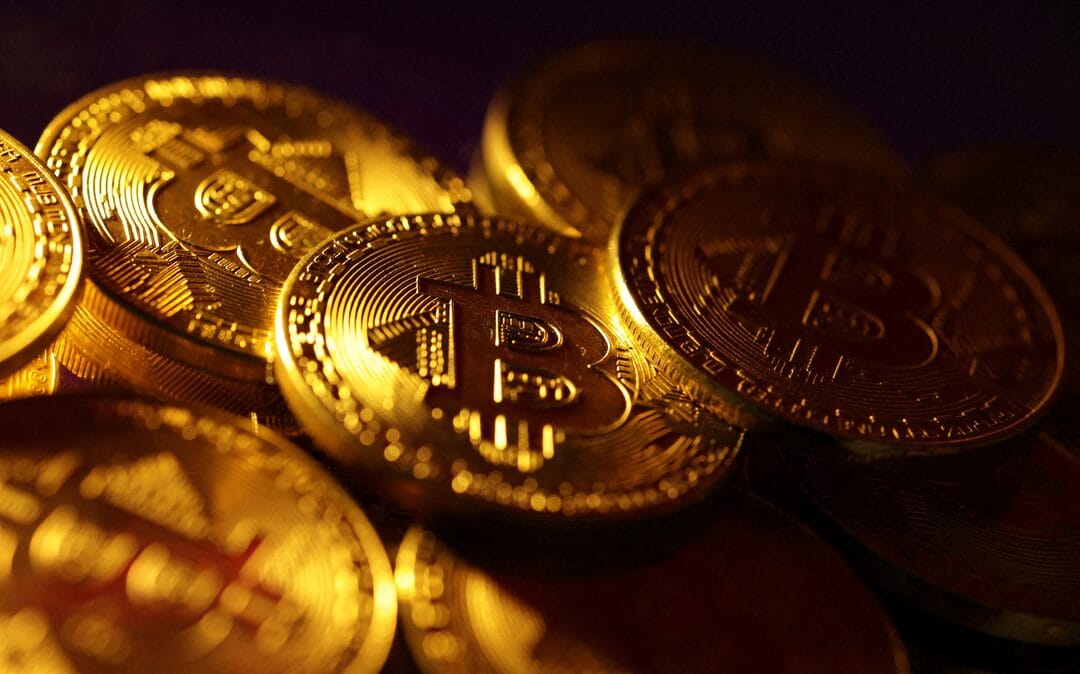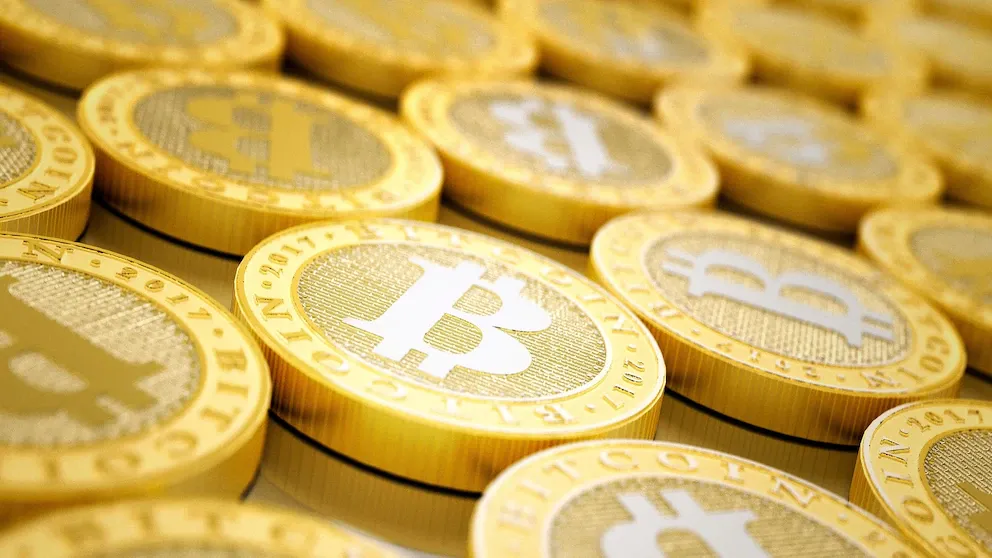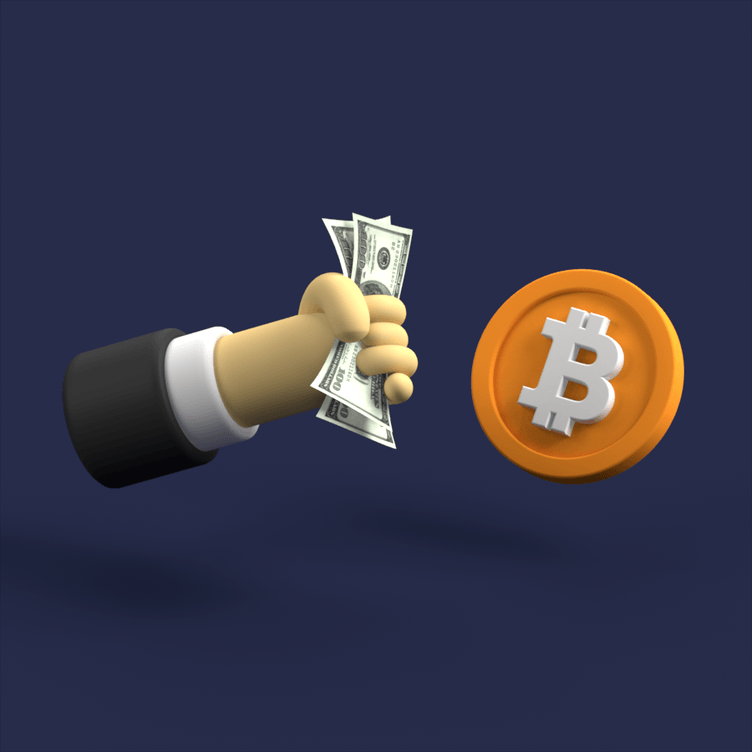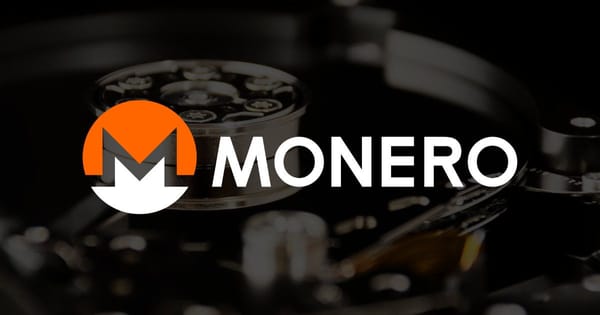Buying Your First Bitcoin: A Beginner-Friendly Guide

So, you're curious about Bitcoin and thinking about taking the plunge into the world of cryptocurrency? That's fantastic! Bitcoin, the original cryptocurrency, has captured the attention of people worldwide, and for good reason. It represents a new way of thinking about money and finance. But getting started can seem a little daunting if you're new to it all. Don't worry, this guide is designed to walk you through the simplest and safest ways to buy your first Bitcoin, without overwhelming you with technical jargon. We'll focus on the essential steps, from choosing the right place to buy, to keeping your Bitcoin safe and sound.
Choosing the Right Place to Buy: Reputable Exchanges
The most common and generally easiest way to buy Bitcoin is through a cryptocurrency exchange. Think of these exchanges like online marketplaces, but instead of buying and selling goods, you're buying and selling digital currencies like Bitcoin. There are many exchanges out there, but for a beginner, choosing a reputable and user-friendly one is absolutely key.
Why is reputation so important? Well, just like any online platform that handles money, security and reliability are paramount. A reputable exchange will have strong security measures in place to protect your funds and personal information. They will also be more likely to comply with regulations and operate transparently.
Here are a few things to look for when choosing an exchange:
- User-Friendliness: As a beginner, you want an exchange that's easy to navigate and understand. Look for platforms with a clean interface and clear instructions. Many exchanges offer mobile apps as well, which can be convenient.
- Security Features: Check what security measures the exchange has in place. Do they offer two-factor authentication (2FA)? Do they store a significant portion of their assets in "cold storage" (offline, more on this later)? A good exchange will be transparent about their security practices.
- Customer Support: If you're new to Bitcoin, you might have questions or run into issues. A responsive and helpful customer support team is invaluable. See if the exchange offers support through multiple channels like email, chat, or phone.
- Fees: Exchanges charge fees for their services, and these can vary. We'll delve deeper into fees shortly, but for now, know that you should compare the fee structures of different exchanges.
- Payment Methods: Make sure the exchange supports payment methods that are convenient for you. Common options include bank transfers, debit cards, and credit cards. Keep in mind that some methods might come with higher fees or longer processing times.
- Supported Cryptocurrencies: While you're starting with Bitcoin, you might want to explore other cryptocurrencies in the future. Check if the exchange offers a range of cryptocurrencies if this is something you're interested in.
Some popular and reputable exchanges often recommended for beginners include Coinbase, Kraken, and Binance (Binance.US for users in the United States). It's always a good idea to do your own research and read reviews before choosing an exchange. Look for exchanges that have been around for a while, have a large user base, and are well-regarded in the cryptocurrency community.
Understanding Fees: What You'll Pay
Just like traditional financial services, cryptocurrency exchanges charge fees for their services. It's important to understand these fees so you can factor them into your buying decision and avoid any surprises. Fees can vary significantly between exchanges, so comparing them is a smart move.
Here are the main types of fees you'll typically encounter when buying Bitcoin:
- Transaction Fees (Trading Fees): These are charged when you actually buy or sell Bitcoin on the exchange. They are usually a percentage of the transaction amount. Different exchanges have different fee structures. Some use a tiered system where fees decrease as your trading volume increases. Others might have a flat fee structure.
- Deposit Fees: Some exchanges charge fees when you deposit funds into your account. However, many reputable exchanges offer free deposits, especially for bank transfers. Credit and debit card deposits might be more likely to incur fees.
- Withdrawal Fees: When you withdraw Bitcoin or fiat currency (like USD or EUR) from the exchange, you might be charged a withdrawal fee. Bitcoin withdrawal fees are usually designed to cover the network transaction fees required to move Bitcoin on the blockchain. Fiat withdrawal fees can vary depending on the method you choose (e.g., bank transfer, wire transfer).
It's crucial to carefully review the fee structure of any exchange you're considering before you start buying Bitcoin. Exchange websites usually have a dedicated "Fees" page that outlines all the charges. Don't hesitate to compare fees across a few different reputable exchanges to find one that offers a competitive and transparent fee structure. Even seemingly small percentage fees can add up over time, especially if you plan to buy and sell Bitcoin frequently.

Security Best Practices: Keeping Your Bitcoin Safe
Security is absolutely paramount when dealing with Bitcoin and cryptocurrencies. Remember, Bitcoin is digital money, and just like physical cash, you need to take precautions to protect it. While reputable exchanges have security measures in place, you also have a crucial role to play in keeping your Bitcoin safe.
Here are some essential security best practices to follow:
- Strong Passwords: This might seem obvious, but it's incredibly important. Use strong, unique passwords for your exchange account and any other accounts related to your Bitcoin. A strong password is long (at least 12 characters), uses a mix of uppercase and lowercase letters, numbers, and symbols, and is not easily guessable (avoid using personal information or common words). Consider using a password manager to generate and securely store your passwords.
- Two-Factor Authentication (2FA): Enable two-factor authentication (2FA) on your exchange account. 2FA adds an extra layer of security beyond just your password. Typically, it requires you to enter a code from your phone (usually generated by an authenticator app like Google Authenticator or Authy) in addition to your password when you log in or make a withdrawal. This makes it much harder for someone to access your account even if they somehow obtain your password.
- Be Wary of Phishing: Phishing is a common tactic used by scammers to steal your login credentials or personal information. Be cautious of emails, messages, or websites that ask for your exchange login details, password, or private keys. Always double-check the website address to make sure you're on the legitimate exchange website. Reputable exchanges will never ask for your password or private keys via email or message.
- Use a Secure Internet Connection: Avoid using public Wi-Fi networks when accessing your exchange account or conducting Bitcoin transactions. Public Wi-Fi can be less secure and more vulnerable to eavesdropping. Use a secure, private internet connection, like your home Wi-Fi, or your mobile data network.
- Keep Your Software Updated: Make sure your computer, phone, and any software you use for Bitcoin are kept up to date with the latest security patches. This helps protect against known vulnerabilities that hackers might exploit.
- Be Careful About Sharing Personal Information: Be mindful of the personal information you share online, especially on cryptocurrency-related forums or social media. Avoid sharing sensitive details that could be used to compromise your security.
By following these security best practices, you can significantly reduce the risk of losing your Bitcoin to theft or scams. Remember, being proactive about security is an investment in protecting your digital assets.
Securely Storing Your Bitcoin: Understanding Wallets
Once you've bought Bitcoin, you need a place to store it. This is where Bitcoin wallets come in. Think of a Bitcoin wallet like a digital bank account, but specifically for Bitcoin. It doesn't actually "hold" your Bitcoin in a physical sense; instead, it stores the private keys that allow you to access and control your Bitcoin on the blockchain.
There are different types of Bitcoin wallets, and understanding the basics is important for secure storage. The two main categories are:
- Exchange Wallets (Custodial Wallets): When you buy Bitcoin on an exchange, the exchange typically holds your Bitcoin in a wallet on your behalf. This is called a custodial wallet because the exchange has custody of your private keys. Exchange wallets are convenient for trading and quick access, but they come with a higher risk because you don't control your private keys. If the exchange is hacked or goes out of business, your Bitcoin could be at risk.
- Personal Wallets (Non-Custodial Wallets): For more secure, long-term storage, it's generally recommended to withdraw your Bitcoin from the exchange and store it in a personal wallet where you control your private keys. This is called a non-custodial wallet. If you lose your private keys, you lose access to your Bitcoin, so it's crucial to keep them safe and backed up. However, with proper security practices, personal wallets offer greater control and security compared to exchange wallets.
Personal wallets can be further categorized into:
- Hot Wallets (Online Wallets): These wallets are connected to the internet. They are convenient for frequent transactions but are generally considered less secure than cold wallets because they are more vulnerable to online attacks. Examples include desktop wallets, mobile wallets, and web wallets.
- Cold Wallets (Offline Wallets): These wallets are not connected to the internet, making them much more resistant to hacking and online threats. Cold wallets are considered the most secure way to store Bitcoin for long-term holding. The most common type of cold wallet is a hardware wallet. Hardware wallets are physical devices specifically designed to securely store your private keys offline. They are generally considered the gold standard for Bitcoin security.
For beginners, especially those planning to hold Bitcoin for the long term, using a personal wallet, particularly a hardware wallet, is highly recommended for enhanced security. While exchange wallets are convenient for initial purchases, they are not ideal for long-term storage of significant amounts of Bitcoin.
To understand more about crypto wallets, watch this helpful video: "Crypto wallets explained".

Step-by-Step Guide: Buying Bitcoin on an Exchange
Now that you understand the basics, let's walk through the steps of actually buying Bitcoin on a cryptocurrency exchange. The exact steps might vary slightly depending on the exchange you choose, but the general process is usually similar.
- Sign Up and Create an Account: Go to the website of the exchange you've chosen and click on the "Sign Up" or "Register" button. You'll typically need to provide an email address, create a password, and agree to the exchange's terms of service.
- Verify Your Identity (KYC): Most reputable exchanges are required to comply with "Know Your Customer" (KYC) regulations. This means you'll need to verify your identity by providing personal information and uploading documents like a government-issued ID (passport, driver's license) and proof of address. This process helps prevent fraud and money laundering. While it might seem like an extra step, it's a sign of a regulated and compliant exchange.
- Deposit Funds: Once your account is verified, you'll need to deposit funds to buy Bitcoin. Go to the "Deposit" section of the exchange. Choose your preferred payment method (e.g., bank transfer, debit card, credit card) and follow the instructions to deposit funds into your exchange account. Keep in mind that some payment methods might have fees or processing times.
- Place Your Bitcoin Order: Navigate to the trading section of the exchange. Find the Bitcoin trading pair (usually BTC/USD or BTC/your local currency). You'll see options to place different types of orders. For beginners, a simple "Market Order" is usually the easiest. A market order buys Bitcoin at the current market price. You'll enter the amount of Bitcoin you want to buy (or the amount of fiat currency you want to spend) and confirm your order.
- Withdraw Bitcoin to Your Personal Wallet (Recommended): After your Bitcoin purchase is complete, it's generally recommended to withdraw your Bitcoin from the exchange to your personal wallet, especially for long-term storage. Go to the "Withdraw" section of the exchange. Enter your Bitcoin wallet address (the public address of your personal wallet) and the amount of Bitcoin you want to withdraw. Confirm the withdrawal and wait for the transaction to be processed. Withdrawals might take some time to be confirmed on the Bitcoin network.
Congratulations! You've just bought your first Bitcoin.
Conclusion: Taking Your First Steps in Bitcoin
Buying Bitcoin for the first time might seem a little complex at first, but by following these steps and focusing on simplicity and security, you can make the process smooth and safe. Remember to choose a reputable exchange, understand the fees involved, prioritize security best practices, and consider using a personal wallet for secure long-term storage.
The world of cryptocurrency is constantly evolving, and Bitcoin is just the beginning. As you become more comfortable, you can explore further and learn more about different aspects of Bitcoin and the broader cryptocurrency ecosystem. But for now, you've taken a significant step by buying your first Bitcoin and joining the growing community of people who are embracing this innovative technology. Happy buying, and welcome to the world of Bitcoin!




